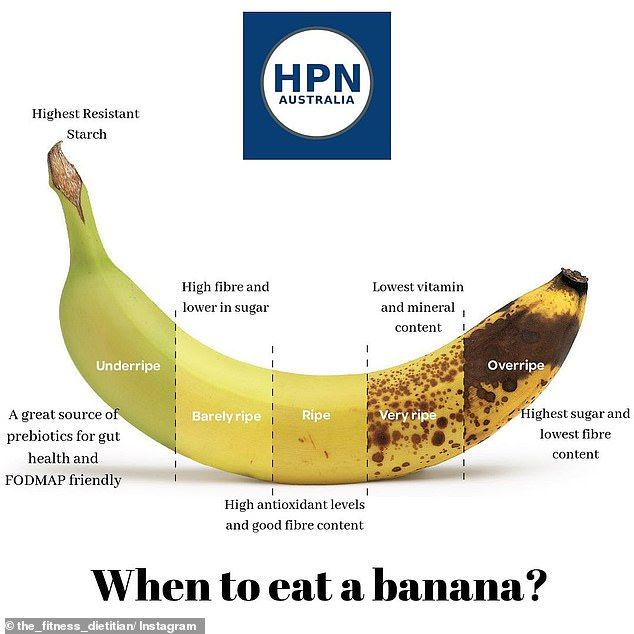
The color of a banana can indeed have an impact on its nutritional value. Bananas go through a natural ripening process that changes their color from green to yellow, and finally to brown. Each stage of ripeness comes with its own set of nutritional benefits.
Green bananas are typically lower in sugar and higher in starch compared to their yellow or brown counterparts. This means that green bananas have a lower glycemic index, making them a better option for those looking to manage their blood sugar levels. Green bananas are also high in resistant starch, a type of fiber that can help promote gut health and aid in digestion.
As bananas ripen and turn yellow, their starch content begins to convert into sugar, making them sweeter and more flavorful. Yellow bananas are easier to digest and provide a quick source of energy due to their higher sugar content. They are also rich in antioxidants like vitamin C and dopamine, which can help boost immunity and improve mood.
As bananas continue to ripen and turn brown, their starch content continues to break down into sugar. Brown bananas are the sweetest and softest of all, making them ideal for baking or blending into smoothies. While brown bananas may not look as appealing as their yellow counterparts, they are packed with nutrients like potassium, magnesium, and vitamin B6.
In conclusion, the color of a banana can indicate its level of ripeness and nutritional value. Green bananas are higher in starch and lower in sugar, making them a good option for blood sugar management. Yellow bananas are sweeter and easier to digest, while brown bananas are the sweetest and most nutrient-dense. So, next time you reach for a banana, consider the color and choose one that best suits your nutritional needs.

